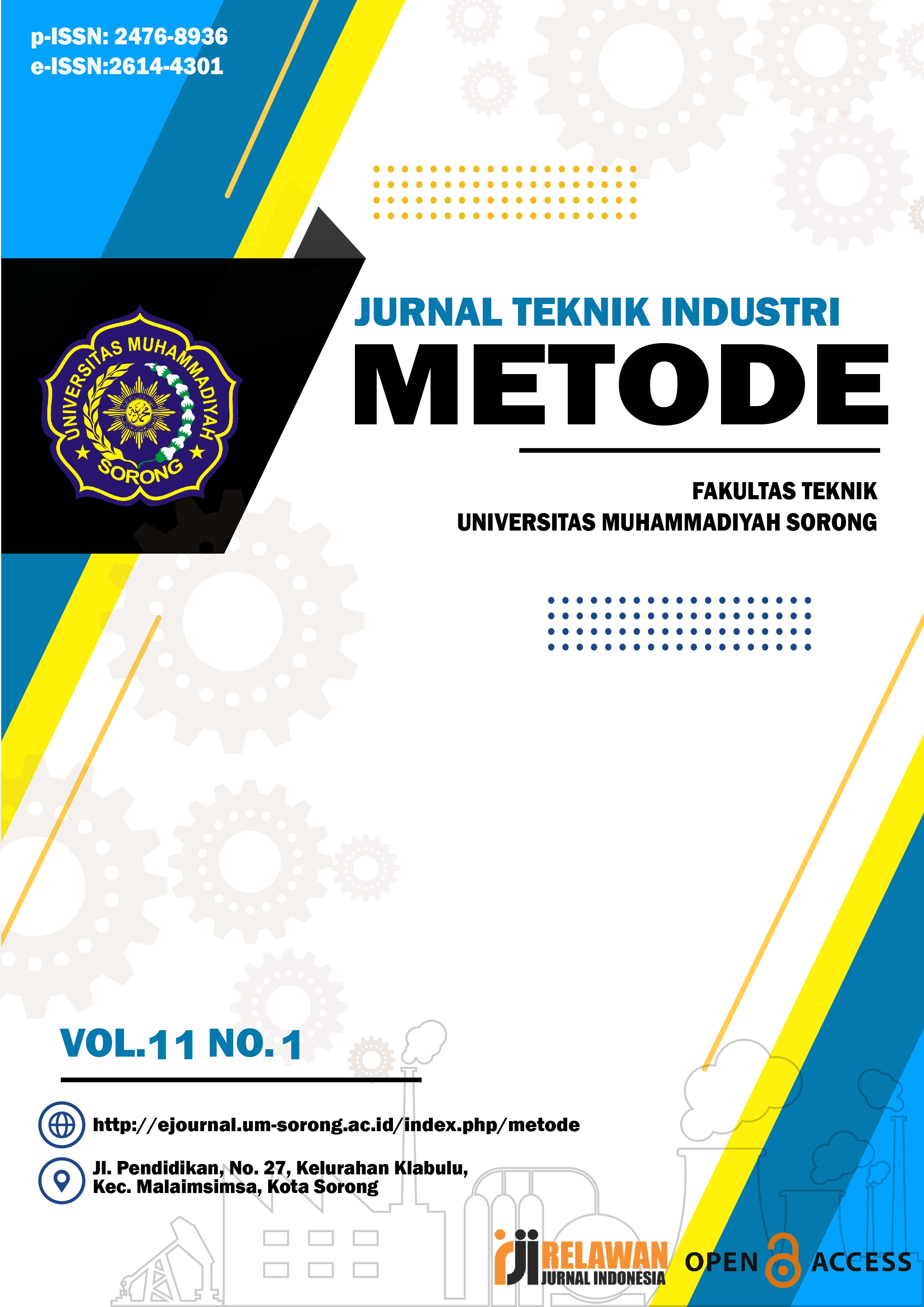Effect of Twist per meter (TPM) and Ply Number on the Mechanical Performance of Plied Yarns
Keywords:
elongation, number of plies, ply yarn, tensile strength, twist per meterAbstract
Ply yarn is widely used in high-performance textiles due to its superior tensile strength and durability compared to single yarn. However, the selection of twist per meter (TPM) and the number of plies in ply yarn significantly influences its mechanical properties. This study aims to examine the effect of TPM and the number of plies on the tensile strength and elongation of ply yarn. An experimental approach was employed, varying TPM (550, 650, and 750 TPM) and the number of plies (2 and 3). Tensile tests were conducted to measure the yarn's tensile strength and elongation, while two-way ANOVA statistical analysis was used to evaluate the influence of each variable. The results indicated that TPM and the number of plies significantly affected the tensile strength and elongation of ply yarn (p < 0.05), while their interaction was not significant (p > 0.05). Increasing TPM enhanced tensile strength up to a certain limit before declining, whereas a higher number of plies improved both tensile strength and elongation but also increased yarn stiffness. These findings confirm that an optimal combination of TPM and the number of plies is essential to achieve the best balance between tensile strength and flexibility in ply yarn.
References
Abtew, M. A., Boussu, F., Bruniaux, P., & Liu, H. (2020). Fabrication and mechanical characterization of dry three-dimensional warp interlock para-aramid woven fabrics: Experimental methods toward applications in composite reinforcement and soft body armor. Materials, 13(19). https://doi.org/10.3390/MA13194233
Akgun, M., Eren, R., Suvari, F., & Yurdakul, T. (2023). Effect of Different Yarn Combinations on Auxetic Properties of Plied Yarns. Autex Research Journal, 23(1), 77–88. https://doi.org/10.2478/aut-2021-0045
Atalie, D., Ferede, A., & Rotich, G. K. (2019). Effect of weft yarn twist level on mechanical and sensorial comfort of 100% woven cotton fabrics. Fashion and Textiles, 6(1), 3. https://doi.org/10.1186/s40691-018-0169-6
Chattopadhyay, R. (1997). The Influence of Plying on the Tenacity, Breaking Extension, and Flexural Rigidity of Air-jet-spun Yarn. Dalam Journal of the Textile Institute (Vol. 88, Nomor 1, hlm. 76–78). https://doi.org/10.1080/00405009708658531
Elmogahzy, Y. (2019). Structure and mechanics of yarns. Dalam Structure and Mechanics of Textile Fibre Assemblies (hlm. 1–25). Elsevier. https://doi.org/10.1016/B978-0-08-102619-9.00001-8
Guo, Zitong, Shan, Zhongde, Huang, Ji H, Wang, Dong, Huang, Hao, & Chen, Zhe. (2022). Effect of fiber twisting on the Z-directional properties of composites. Textile Research Journal, 92(23–24), 4933–4953. https://doi.org/10.1177/00405175221112412
Heng, Y., Gao, B., Wu, C., Mingqing, L., & Yunbo, Z. (2020). Cutting-resistant plied yarn and preparation method thereof.
Kumar Sett, S., Mukherjee, A., & Kundu, N. (2014). Influence of twist on tensile and abrasion properties of DREF-II friction spun plied yarns. American International Journal of Research in Science, 14–316. http://www.iasir.net
Maidina, M., Muslim, F., Sudarmanto, S., Purnomo, D., Sumarno, A., & Purnomo, H. (2023). Experimental Investigation on Tensile Strength of Twisted Ramie Fiber Yarns. Key Engineering Materials, 963, 119–124. https://doi.org/10.4028/p-sbxzF0
Ng, W. S., & Hu, H. (2017). Tensile and Deformation Behavior of Auxetic Plied Yarns. Physica Status Solidi (B) Basic Research, 254(12). https://doi.org/10.1002/pssb.201600790
Paul, R. (2019). High Performance Technical Textiles: An Overview. High Performance Technical Textiles. https://doi.org/10.1002/9781119325062.CH1
Vysanska, M. (2024). Counter-plying of two-ply yarn: inner structure changes and external response. Textile Research Journal. https://api.semanticscholar.org/CorpusID:269260556
Walle, G. A., Atalie, D., Tarekegn, E., Wudneh, A., & Desalegn, A. (2022). Prediction of Mechanical, Evenness and Imperfection Properties of 100% Cotton Ring Spun Yarns with Different Twist Levels. Mehran University Research Journal of Engineering and Technology, 41(1), 14–22. https://doi.org/10.22581/muet1982.2201.02
Wanasinghe, W. M. C. S., & Mallikarachchi, H. M. Y. C. (2024). Influence of number of plies on flexural behaviour of ultra-thin woven composites. Proceedings of Civil Engineering Research Symposium 2024, 49–50. https://doi.org/10.31705/CERS.2024.25
Wang, Y., Gordon, S., Yu, W.-D., & Li, C. (2020). Twist-dependent behavior of helical-shaped elastic composite yarns containing metal wire produced on a modified ring spinning system. Polymer Testing, 91, 106822. https://doi.org/10.1016/j.polymertesting.2020.106822
Yu, X., Fan, W., Azwar, E., Ge, S., Xia, C., Sun, Y., Gao, X., Yang, X., Wang, S., & Lam, S. S. (2021). Twisting in improving processing of waste-derived yarn into high-performance reinforced composite. Journal of Cleaner Production, 317. https://doi.org/10.1016/j.jclepro.2021.128446
Downloads
Published
How to Cite
Issue
Section
License
Copyright (c) 2025 Verawati Nurazizah, Andrian Wijayono, Fahmi Fawzy Rusman, Nurfadilah Ikhsani, Reski Alya Pradifta, Wilda Murti

This work is licensed under a Creative Commons Attribution-ShareAlike 4.0 International License.









